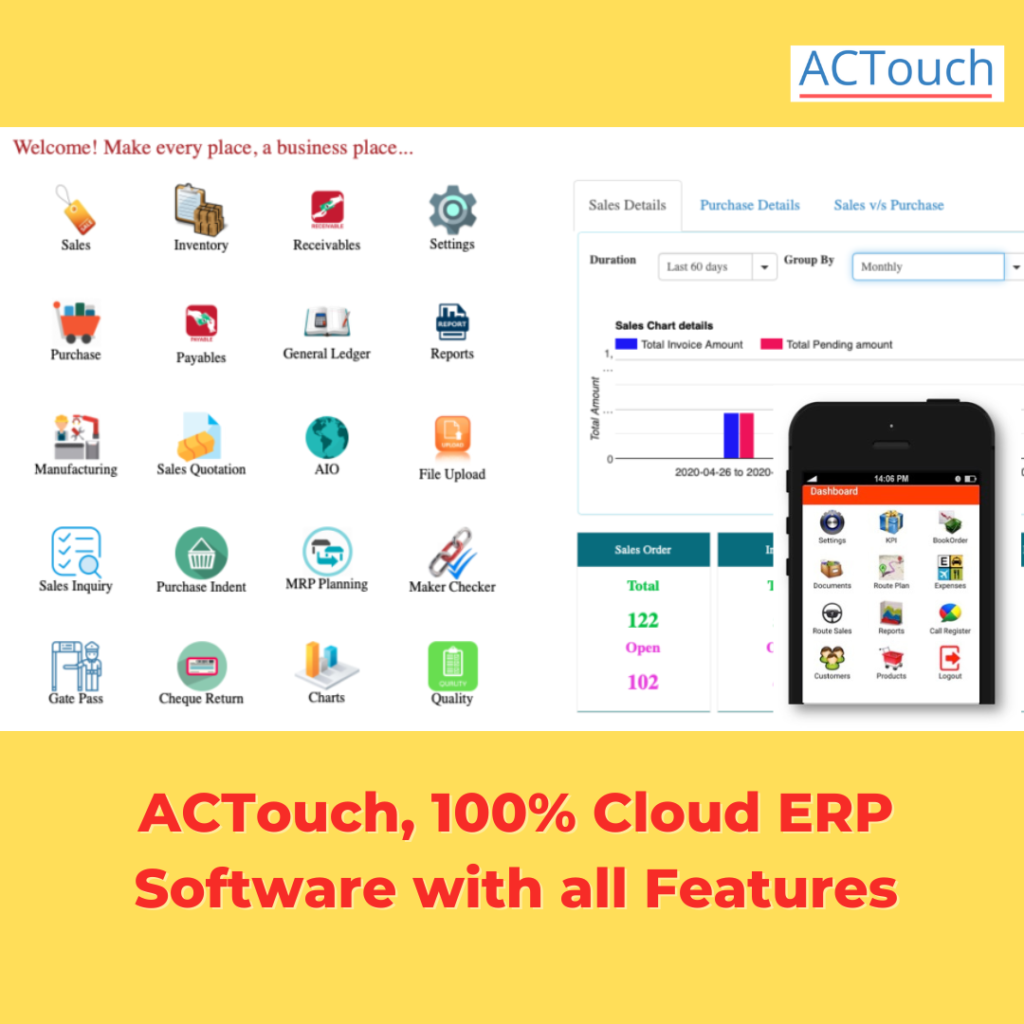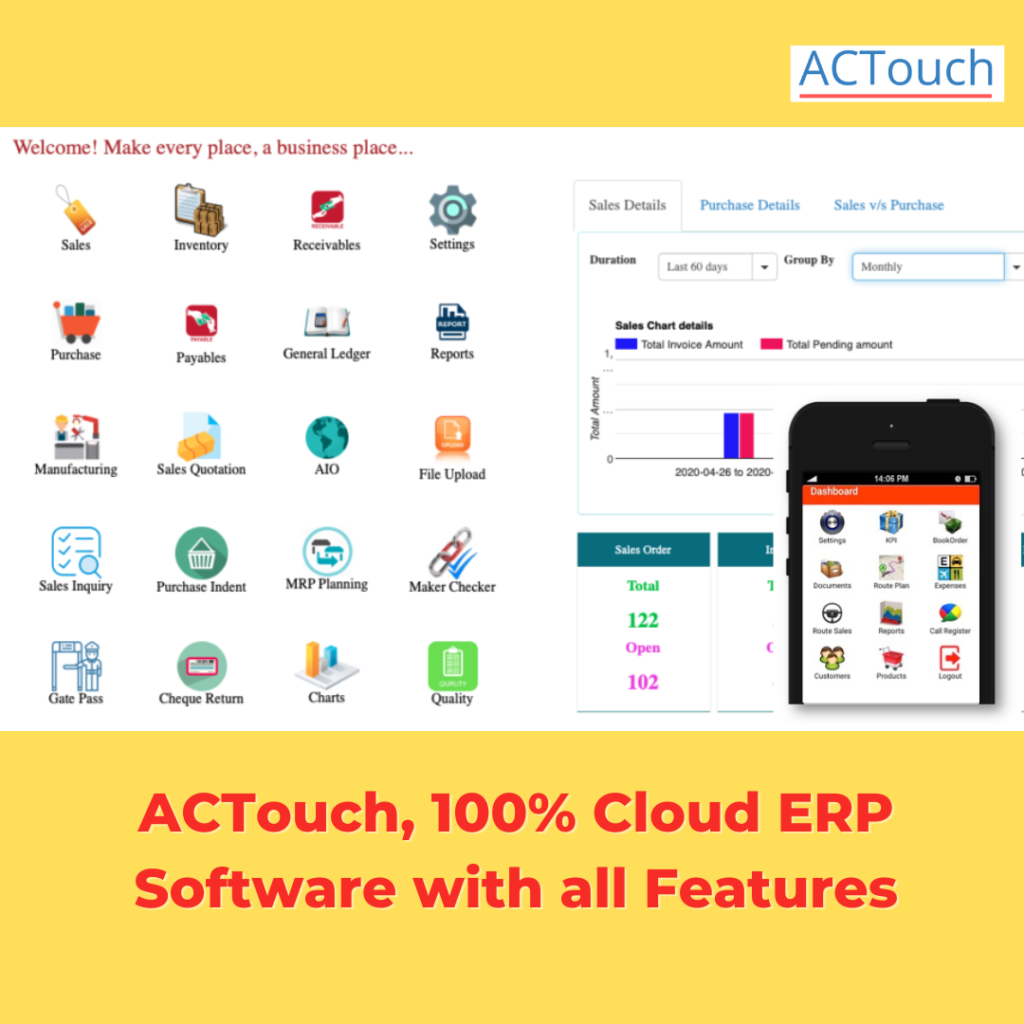Purchase price variance
What is Purchase Price variance meaning?
Purchase Price Variance (PPV) means a crucial metric used by businesses to evaluate the difference between the actual cost of purchased goods or materials and the standard cost that was expected or budgeted for those items. In simple terms, it measures the variance between what you actually paid for a product and what you should have paid based on the predetermined standard cost / average cost of your product.
This variance analysis allows businesses to identify areas where they are overspending or underutilizing resources, enabling them to make informed decisions to improve cost efficiency.
For example,
- We have a PART1 that’s valued at Rs 101.50 as on 1 Jan 2023.
- Now, we shipped this item to a Subcontractor to work and convert it into FG1
- Subcontractor sends the FG1 to us on 20 Jan 2023.
- By this time, due to Purchase of PART1 materials at HIGHER price, the average price is increased to Rs 128.90
- In this case, the question comes, how to treat them?
- Option 1 – Do we need to take PART1 cost as Rs. 101.50 as per the DC Cost?
- Option 2 – Do we need to take PART1 cost as Rs 128.90 as per todays Inventory Costs?
In the above case, for “Option 1”, we get the Purchase Price variance of Rs 27.40 as its the difference between DC price and Inventory value of todays Price for PART1.

What is Purchase Price Variance Formula?
The formula for calculating Purchase Price Variance is straightforward:
Purchase Price Variance = (Actual Price - Standard Price) * Actual Quantity
PurchasedThis formula determines the difference between the actual price paid for goods and the standard price, multiplied by the actual quantity purchased.
How to Calculate Purchase Price Variance?
To calculate Purchase Price Variance, follow these steps:
Step 1: Determine the actual price per unit of the purchased item.
Step 2: Identify the standard price per unit for the same item.
Step 3: Calculate the difference between the actual price and the standard price.
Step 4: Multiply the difference by the actual quantity purchased to get the Purchase Price Variance.
Purchase Price Variance Journal Entry
The journal entry for Purchase Price Variance involves recording the variance in the financial books to ensure accurate accounting. The entry typically includes debits and credits to the appropriate accounts to reflect the variance amount.
The Purchase Price Variance (PPV) accounts are used to track the variance between the actual cost of purchased goods and the standard cost. Below are sample journal entries for Purchase Price Variance Accounts, assuming a favorable variance (when actual cost is less than the standard cost) and an unfavorable variance (when actual cost is higher than the standard cost):
1. Favorable Purchase Price Variance Journal Entry: Assuming the standard cost was $1,000, and the actual cost of the purchased goods was $950, resulting in a favorable variance of $50.
| Date | Account Details | DB | Cr |
| 01-01-2023 | Inventory (Actual Cost) | 950 | |
| Accounts Payable | 950 | ||
| Favorable Purchase Price Variance | 50 | ||
| Inventory (Standard Cost) | 50 |
Explanation:
- The first entry records the actual cost of the purchased goods at $950, increasing the Inventory (Actual Cost) and Accounts Payable accounts.
- The second entry reflects the favorable Purchase Price Variance of $50, reducing the Inventory (Standard Cost) account.
2. Unfavorable Purchase Price Variance Journal Entry: Assuming the standard cost was $1,000, and the actual cost of the purchased goods was $1,100, resulting in an unfavorable variance of $100.
| Date | Account Details | DB | Cr |
| 01-01-2023 | Inventory (Actual Cost) | 1100 | |
| | Accounts Payable | | 1100 |
| | Unfavorable Purchase Price Variance | 100 | |
| | Inventory (Standard Cost) | | 100 |
Explanation:
- The first entry records the actual cost of the purchased goods at $1,100, increasing the Inventory (Actual Cost) and Accounts Payable accounts.
- The second entry reflects the unfavorable Purchase Price Variance of $100, increasing the Inventory (Standard Cost) account.
Please note that the specific accounts used for Purchase Price Variance may vary based on your company’s accounting system and chart of accounts. It’s essential to tailor these entries to fit your organization’s accounting practices and consult with your accountant or financial expert to ensure accurate and appropriate journal entries for your business.
Migrate to 100% Cloud ERP Software Now | ||
 | Want to know more about ERP Features and our Services?  |
Purchase Price Variance Accounting
In accounting, Purchase Price Variance plays a significant role in assessing cost performance and managing procurement strategies. By comparing actual costs to standard costs, businesses can gain insights into potential inefficiencies in the supply chain, vendor selection, or even product quality. Effective management of Purchase Price Variance can lead to cost savings, increased profitability, and improved competitiveness.
What is Purchase Price Variance Calculator?
A Purchase Price Variance Calculator is a valuable tool that simplifies the PPV calculation process. This calculator takes inputs such as actual price, standard price, and quantity purchased, and then provides the accurate variance value in a matter of seconds.
How a Purchase Price Variance Calculator Helps?
- Time-Saving: Using a calculator streamlines the PPV calculation, saving valuable time for businesses to focus on critical tasks.
- Accuracy: The calculator ensures accurate and consistent results, reducing the risk of manual errors that could lead to incorrect analyses.
- Real-Time Insights: With the ability to perform quick calculations, businesses gain immediate insights into cost variations, enabling prompt decision-making.
FAQ on Purchase Price Variance
What is Price Purchase Variance?
Price Purchase Variance is another term for Purchase Price Variance. It refers to the difference between the actual price paid for purchased goods and the standard price expected for those goods.
How to Calculate Purchase Price Variance?
The Purchase Price Variance can be calculated by subtracting the standard price from the actual price and then multiplying the difference by the actual quantity purchased.
Is Purchase Price Variance an Expense?
Purchase Price Variance is not a direct expense. It represents the difference between the budgeted cost and the actual cost of purchased goods. However, it indirectly impacts the overall expenses and profitability of a business by influencing cost management decisions.
Purchase Price Variance Analysis
Purchase Price Variance Analysis is a comprehensive evaluation of the factors contributing to the variance between actual and standard costs. It involves studying various elements, such as supplier performance, market conditions, and quality issues, to identify opportunities for improvement.
By embracing Purchase Price Variance analysis and utilising a reliable Purchase Price Variance Calculator, businesses can optimize their procurement strategies, control costs, and enhance their financial performance, ultimately leading to sustainable growth and success.
Lets use the Calculator now
Purchase Price Variance Calculator
Migrate to 100% Cloud ERP Software Now and enjoy the FREEDOM | ||
 | Talk to us to know more about ACTouch Cloud ERP Software NOW  |